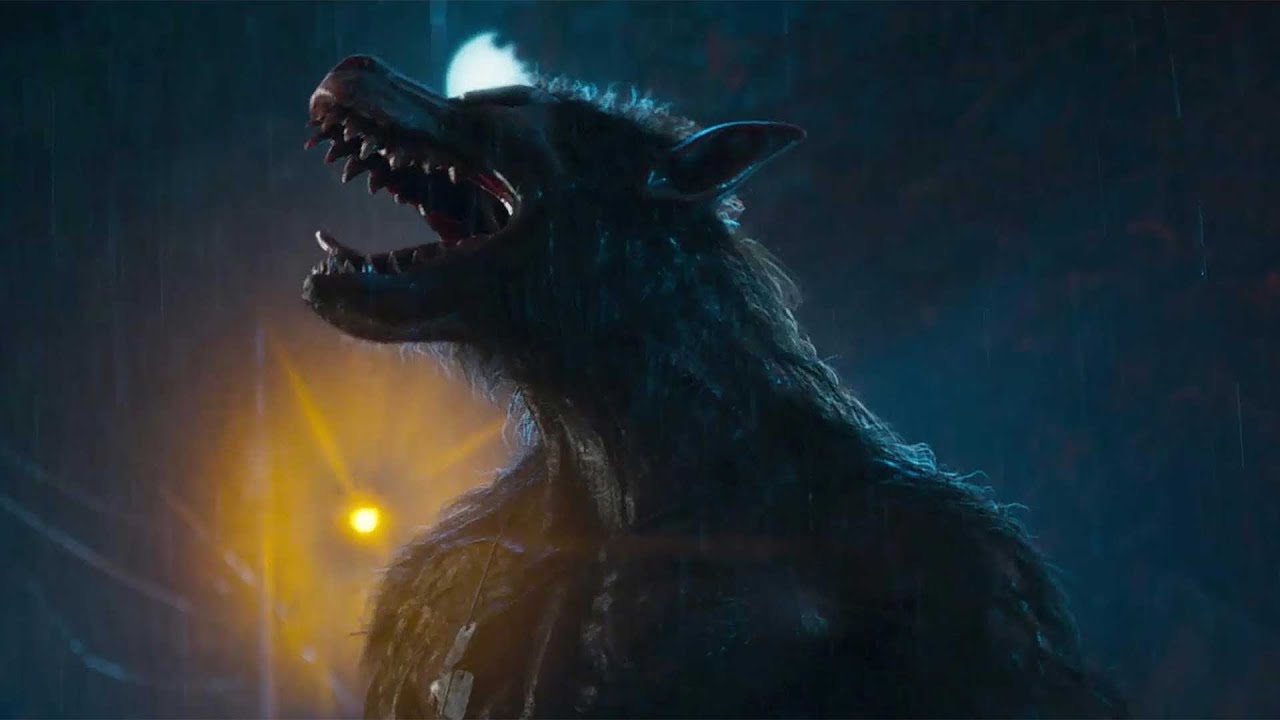
when Horror Yearbook – The Urban Werewolf is a figure that continues to haunt alleys and imaginations. Stories have changed, but fear remains constant. Legends of the werewolf are ancient. However, they’ve evolved with modern surroundings. Once tied to forests and moons, the beast now prowls city streets. Urban tales bring new life to an old myth. Fear of the unknown often fuels these transformations. Reports have surfaced in many major cities. Witnesses describe a creature with glowing eyes and savage instincts. Some claim the beast walks among us in human form.
Ancient tales spoke of humans cursed to become beasts. In early Europe, werewolves were feared and hunted. Superstitions drove entire communities into panic. They believed in transformation during full moons. People thought dark magic was involved in the change. Folklore linked the curse to betrayal or murder. Others believed it was punishment from spirits. These stories were told to warn children. They also explained strange behavior or disappearances. With time, tales became more brutal and intense.
“Read about: The Giant Turtle of Lake Toba: Myth or Reality?”
As cities grew, the myth took new shape. Legends adapted to concrete jungles and city lights. Stories shifted from woods to dark subway tunnels. Sightings were now reported near dumpsters or rooftops. Some urban tales involve beasts seen near crime scenes. Others speak of men changing during urban blackouts. The idea of a beast hiding in plain sight became thrilling. Fictional films embraced the modern werewolf narrative. Urban legends became darker, edgier, and filled with mystery.
Not all believe in a literal monster. Psychologists explore lycanthropy as a mental illness. Clinical lycanthropy describes people who think they’re transforming. These cases are rare but well documented. The condition has been studied for decades. Often, trauma or extreme stress may trigger the delusion. Patients report animalistic urges and hallucinations. While terrifying, it remains a psychological disorder. This brings werewolves into the realm of madness. It shifts the story from fangs to the mind.
Others claim something more sinister. Some stories describe real creatures roaming the shadows. People link these creatures to genetic mutations. Cases of hypertrichosis often reveal extreme hair growth. Media outlets frequently sensationalize this rare condition. Observers believe nature can imitate ancient legends. Locals sometimes blame beasts for unexplained attacks. Farmers report livestock injuries and strange tracks nearby. Conspiracy theorists often discuss secret government experiments. Online forums constantly fuel these mysterious ideas.
Modern media shaped today’s werewolf image. Films like An American Werewolf in London changed perceptions. Shows and novels added depth to the character. Now, the creature is both feared and admired. Some portrayals show werewolves as protectors. Others still highlight bloodthirsty instincts. The duality reflects human nature itself. Pop culture keeps the legend alive and evolving. Younger generations are introduced through games and shows. The myth will likely never fade completely.
“Read more: Living Off the Land: Exploring the Homesteading Lifestyle”
People still report strange encounters in cities. Some describe sightings near parks or old abandoned buildings. Eyewitnesses spot large, hairy creatures upright. Others mention howls late at night. Many find these accounts difficult to explain. Skeptics blame imagination, stress, or alcohol. Believers insist unnatural beings live among us. News reports occasionally feature urban werewolf legends. These stories spread fear and curiosity together. People share them in whispers and online forums.
The werewolf symbolizes loss of control. In urban settings, it reflects inner chaos and social decay. Cities breed pressure, violence, and alienation. The beast represents the monster within society. It shows how thin the line is between civility and savagery. When someone snaps, the urban werewolf metaphor appears. Artists use it to explore human instinct. Writers rely on it for tension and suspense. As long as cities thrive, so will the myth.